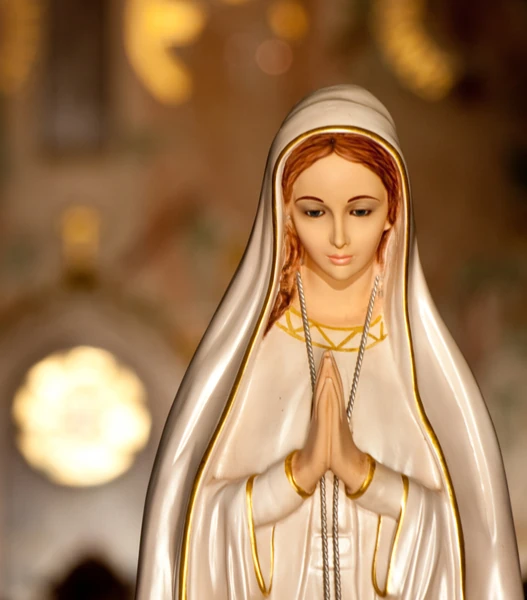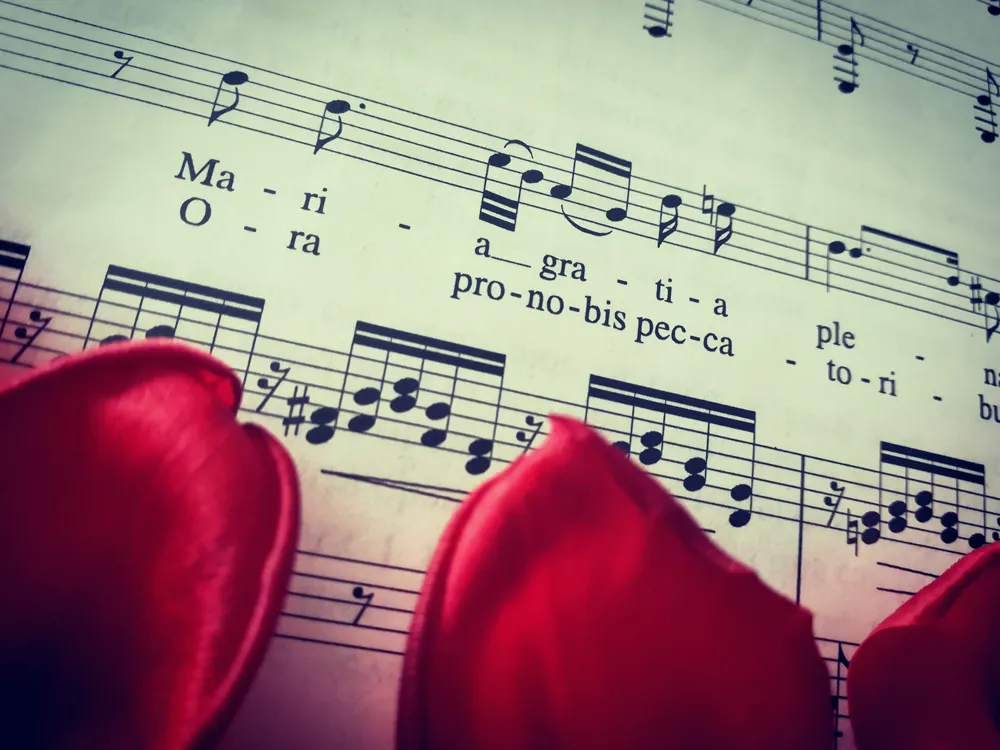The Hail Mary is the Marian invocation par excellence, a prayer deeply rooted in the Western Catholic tradition, whose influence extends far beyond the religious world.
The history of the Hail Mary dates back to the fourth century, when it began to be used in the very first liturgy. But its present form, so familiar to the faithful all over the world, has developed gradually over the centuries.

The Hail Mary is a cross between two distinct messages related to the Annunciation. The first is Archangel Gabriel’s greeting to Mary, in which the words “Hail Mary, full of grace” express the wonder and divine honor bestowed on Mary. The second is Elizabeth’s greeting, which recognizes the figure of Mary as blessed among all women and the importance of Jesus, the fruit of her womb.
In addition to the greeting of the Annunciation, the Hail Mary is a request for intercession. In its final part, Mary is invoked, calling her “Holy Mary, Mother of God,” asking that she intercede for all sinners, especially at the final moment of passage, that of death.
The Hail Mary, primarily Catholic, has also found its way into other religious traditions. In fact, the Orthodox and Eastern Catholic Churches recite a very similar version. Anglicans and Lutherans, while maintaining a different perspective on her figure, nevertheless regard her with great and deep respect.

Perhaps one of the most striking aspects of the Hail Mary is its profound influence on music. Extraordinary composers such as Schubert, Gounod, Bach and many others have transformed this prayer into moving musical works. Such compositions have enchanted the ears and touched the hearts of countless people over the centuries, making the Hail Mary a prayer not only of words but also of melody.

In short, Hail Mary transcends its nature as a simple prayer to become a fascinating example of how religious faith, history and music are intertwined in an extraordinary way around the figure of a woman. It continues to inspire and lift the hearts of those who recite or listen to it, giving a unique and profound spiritual experience.
Prima Bottega, with its “Ave Maria” hood from the Prayer line, pays heartfelt homage to the figure of the Holy Mother.